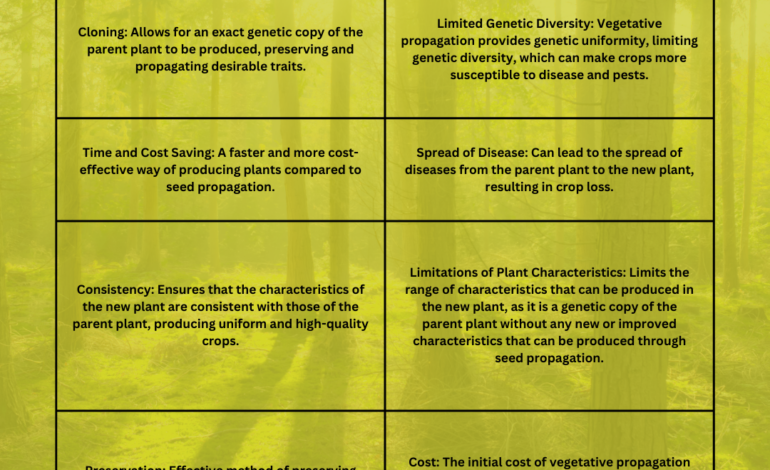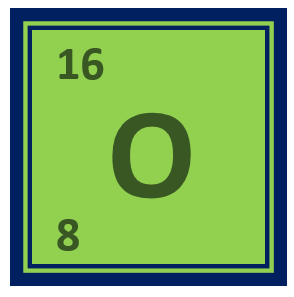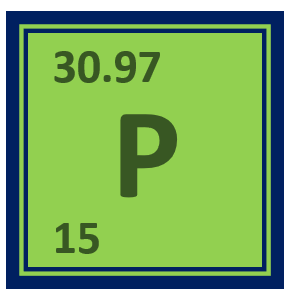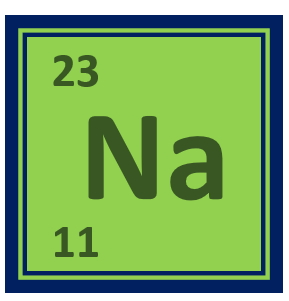Vegetative propagation in plants
What is vegetative propagation? Vegetative propagation is a method of plant reproduction where a new plant is produced from a part of a parent plant, such as a stem, leaf, or root. Unlike sexual reproduction, where new plants are produced by the fusion of male and female gametes, vegetative propagation does not involve the formation […]
Read More









